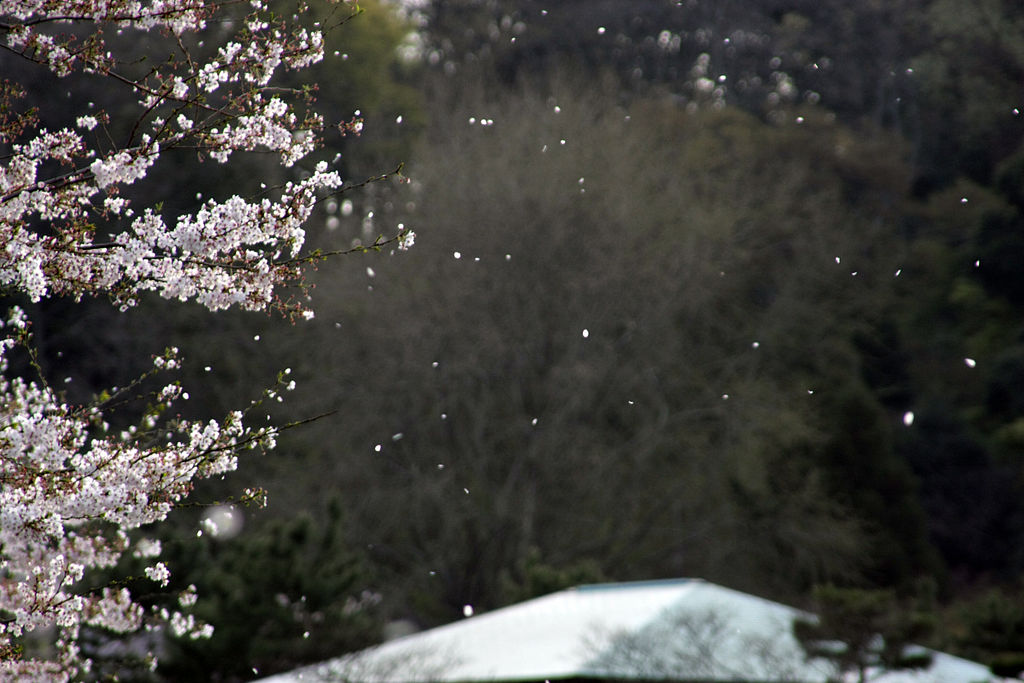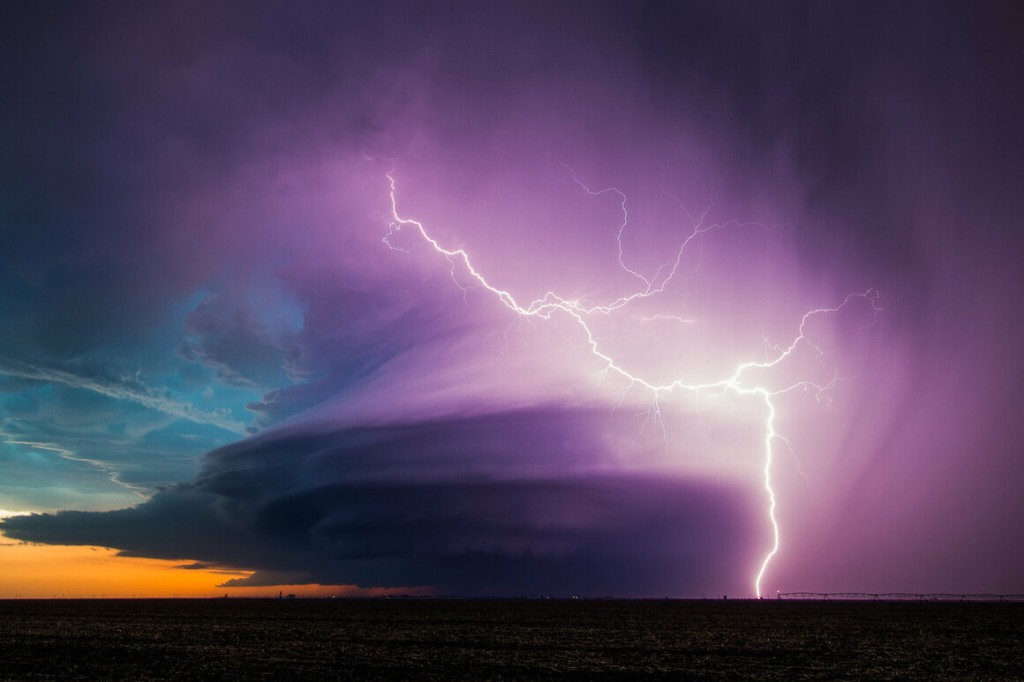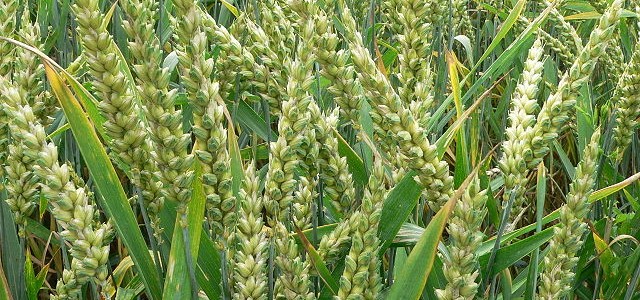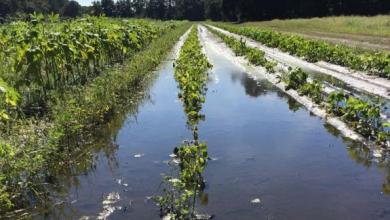Climate and Ag in the news
-

In addition to my frequent posts on this blog (over 6,000 since it started in 2014!), I also post once a month on The Garden Professors blog, which tackles questions about the science of gardening. Most of the articles (written by better plant scientists than me) are about mulching with arborist chips and whether using…
-

I frequently hear people who don’t know much about meteorology comment on weather-related phenomena and get things wrong. Dr. Shepherd of UGA’s Atmospheric Sciences also hears these kinds of comments and wrote up his 2021 list of the top ten weather and climate misconceptions. You can read them at Forbes here.
-

Earlier this week the EarthSky blog posted a good introduction to sea level rise, including what causes it and how much we are likely to see in the future. It also includes a good video on sea level rise basics from NASA Earth Observatory. You might be interested in learning more about this, especially if…
-

From time to time I post links to spectacular storm videos. Many of those are taken by veteran storm chaser and photographer Mike Olbinski. I learned today in an article in Atlas Obscura that he is also a wedding photographer. Who knew? You might enjoy reading more about Mike and seeing some of his photos…
-

The latest 30-year normals released by NOAA earlier this year show that most parts of the US are getting warmer, and many parts are also getting wetter (although not most of the Southeast). This article from Southeast Farm Press discusses the changes in climate that grain producers in Kentucky are already seeing over time and…
-

In this blog I try to provide information about agriculture both in and outside of the Southeast, because markets and weather know no boundaries. Here is a good summary article in Bloomberg that describes a lot of the different extreme weather events that are affecting agriculture and food supplies around the world. Unfortunately, it may…
-

The Southeast Farm Press posted an interesting story by Brad Haire this week on how the wet conditions have affected our farmers in the last few weeks. I have heard many agents and producers saying the same thing–we would rather have a lot of rain than a drought, but…it is hard to get work done…